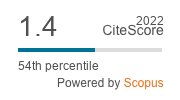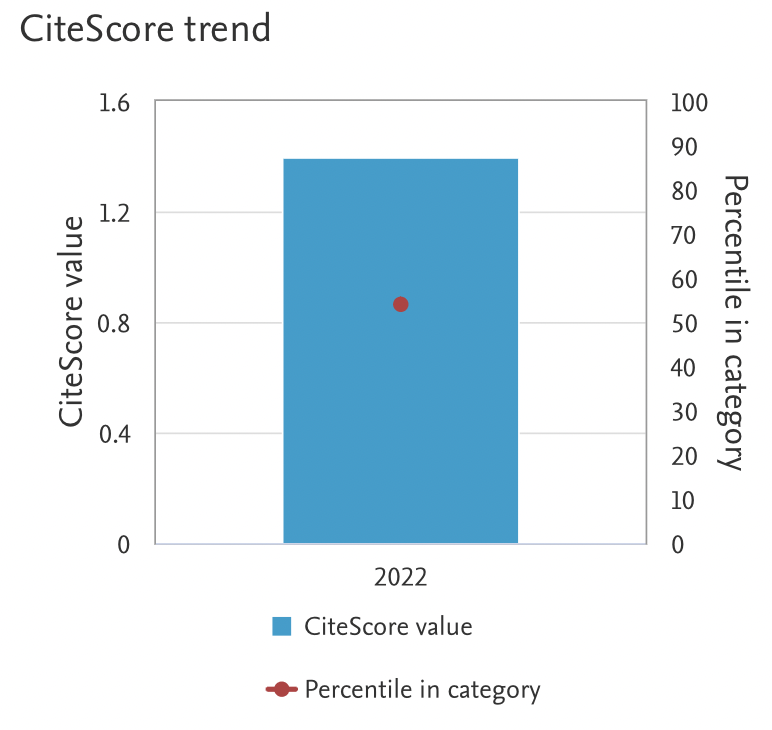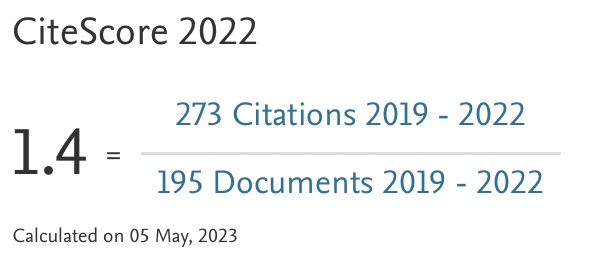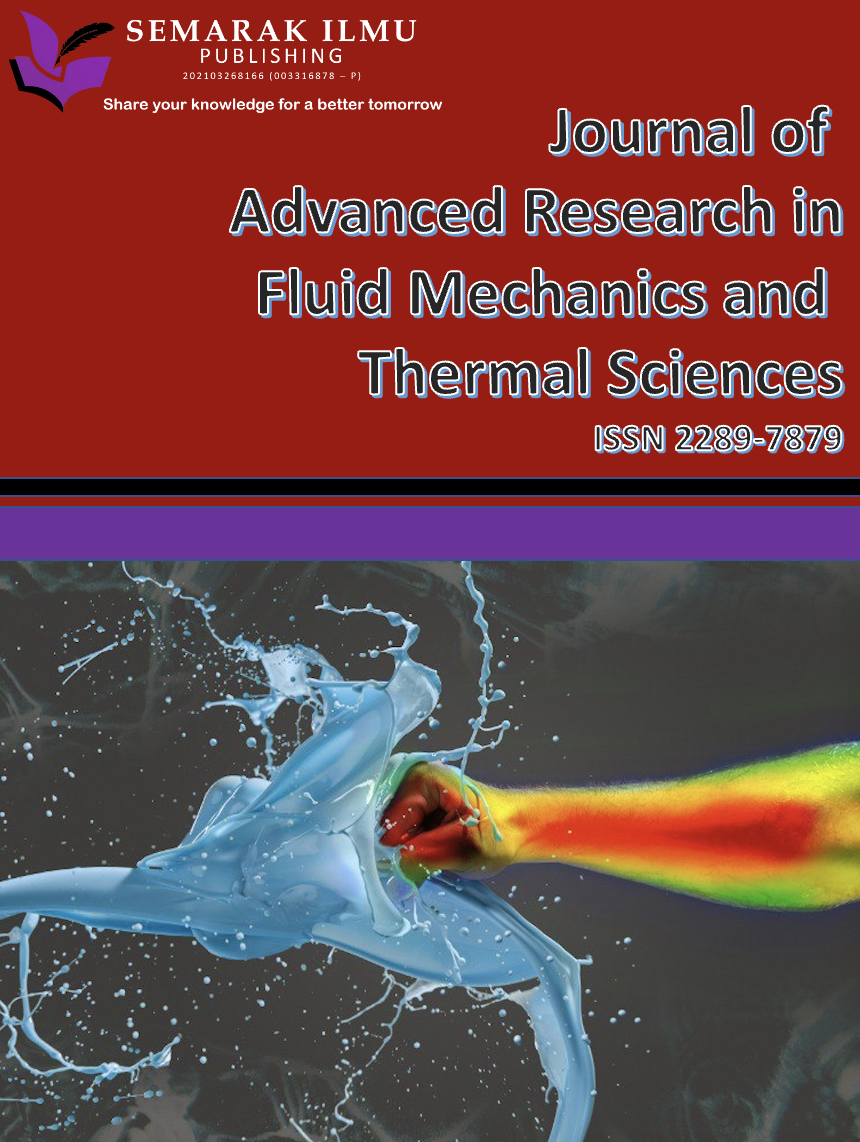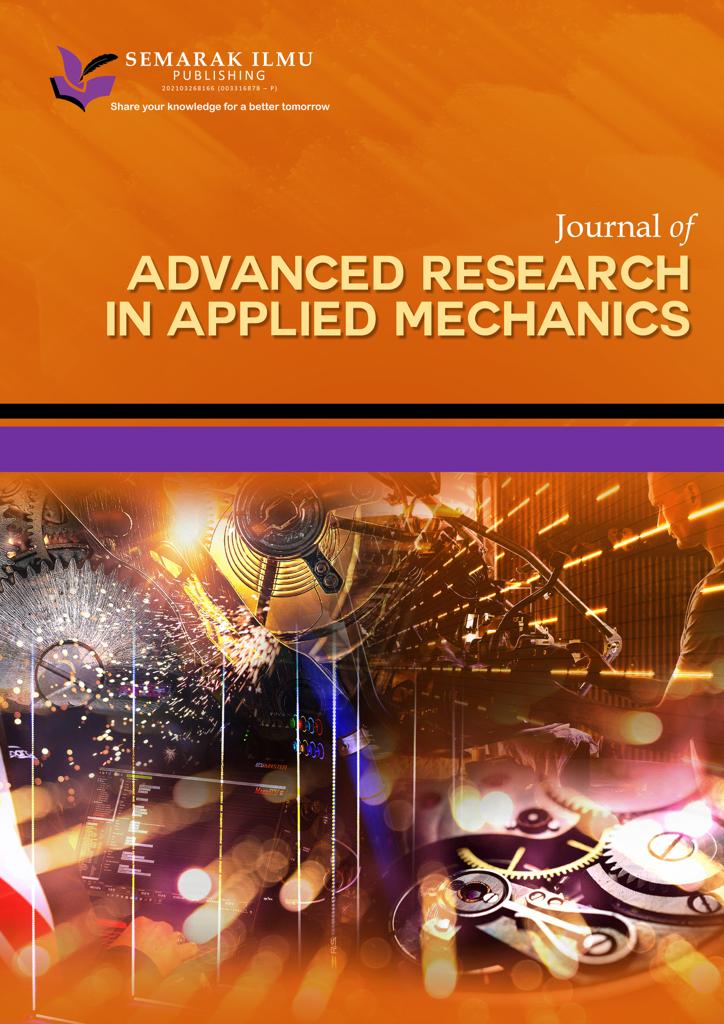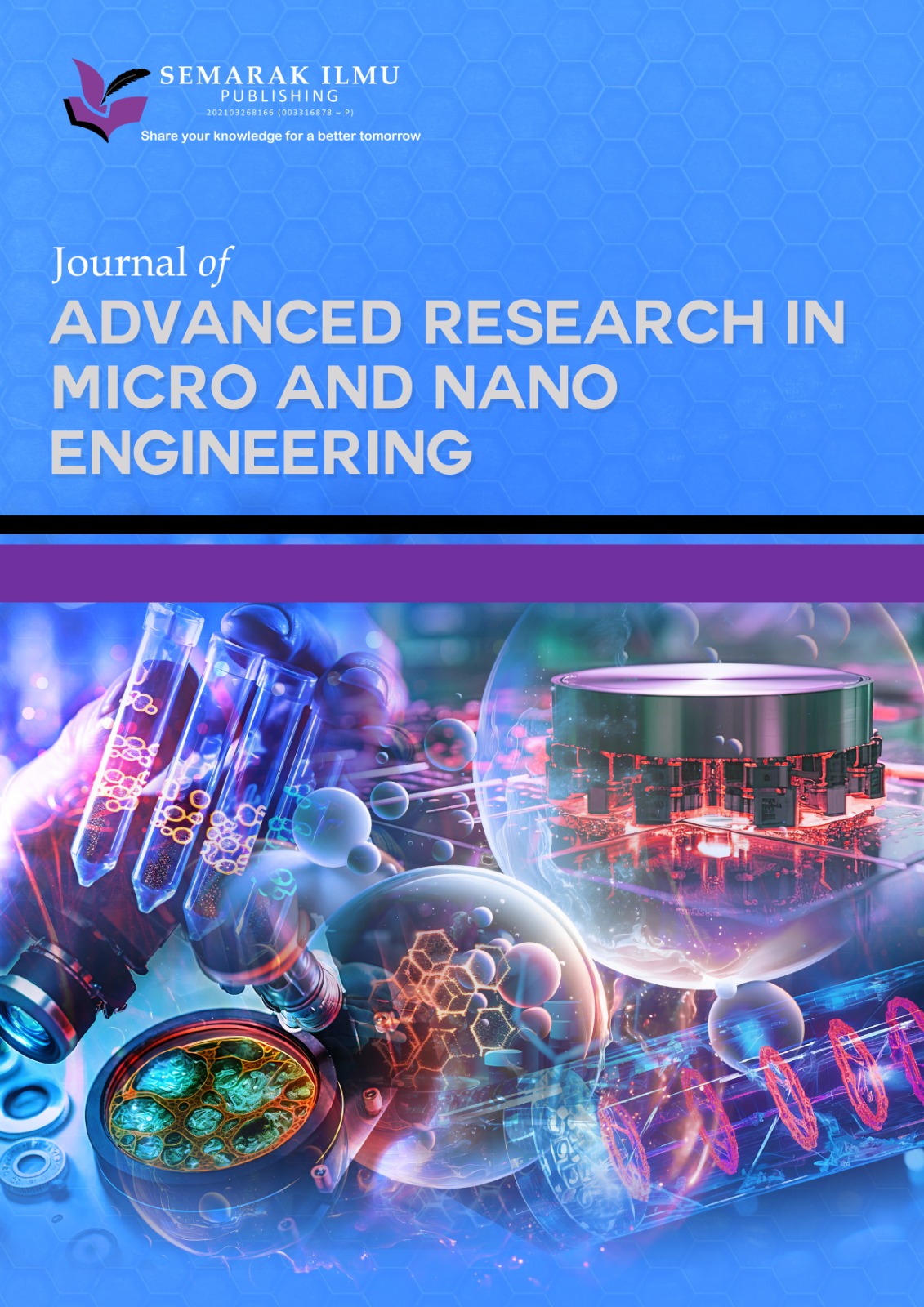Optimization of Synthesizing Conditions for MXene (Ti3C2) Photocatalyst: Effect of LiF:Ti3AlC2 Mass Ratio
DOI:
https://doi.org/10.37934/araset.47.2.183192Keywords:
MXene, photocatalytic degradation, methylene blueAbstract
The analysis of the proposed work, specifically the development of the MXene photocatalyst, will be described in this chapter. The results of the analysis are useful for comparing the pristine precursor and etched structures of the MXene photocatalyst. A minimally intensive layer delamination (MILD) method will be used to create the MXene photocatalyst which uses lower fluorine content solution (HCl-LiF) creating a safer and easier method. The synthesis parameters for the development of highly efficient MXene photocatalysts, such as LiF:Ti3AlC2 mass ratio will be optimized. FTIR, XRD, SAP, FESEM and DR UV-Vis analysis will be used to characterize the as-developed MXene photocatalyst and its precursor, Ti3AlC2. The hypothesis of this study is etching treatment will increase the hydrophilicity and active functional group such as oxygen (O), fluorine (F) and hydroxyl (-OH) on MXene surfaces. The performance of photocatalytic degradation will be tested with an initial dye concentration of 30 ppm, solution pH at pH7 at room temperature (±27 ̊C). Each photocatalytic degradation study was performed in 50 ml of methylene blue solution with 0.1 g photocatalyst. All developed MXenes will undergo photocatalytic degradation performance to identify the optimized synthesizing conditions. The highest MXene photodegradation performance was found to reach 90% removal within 180 min.





